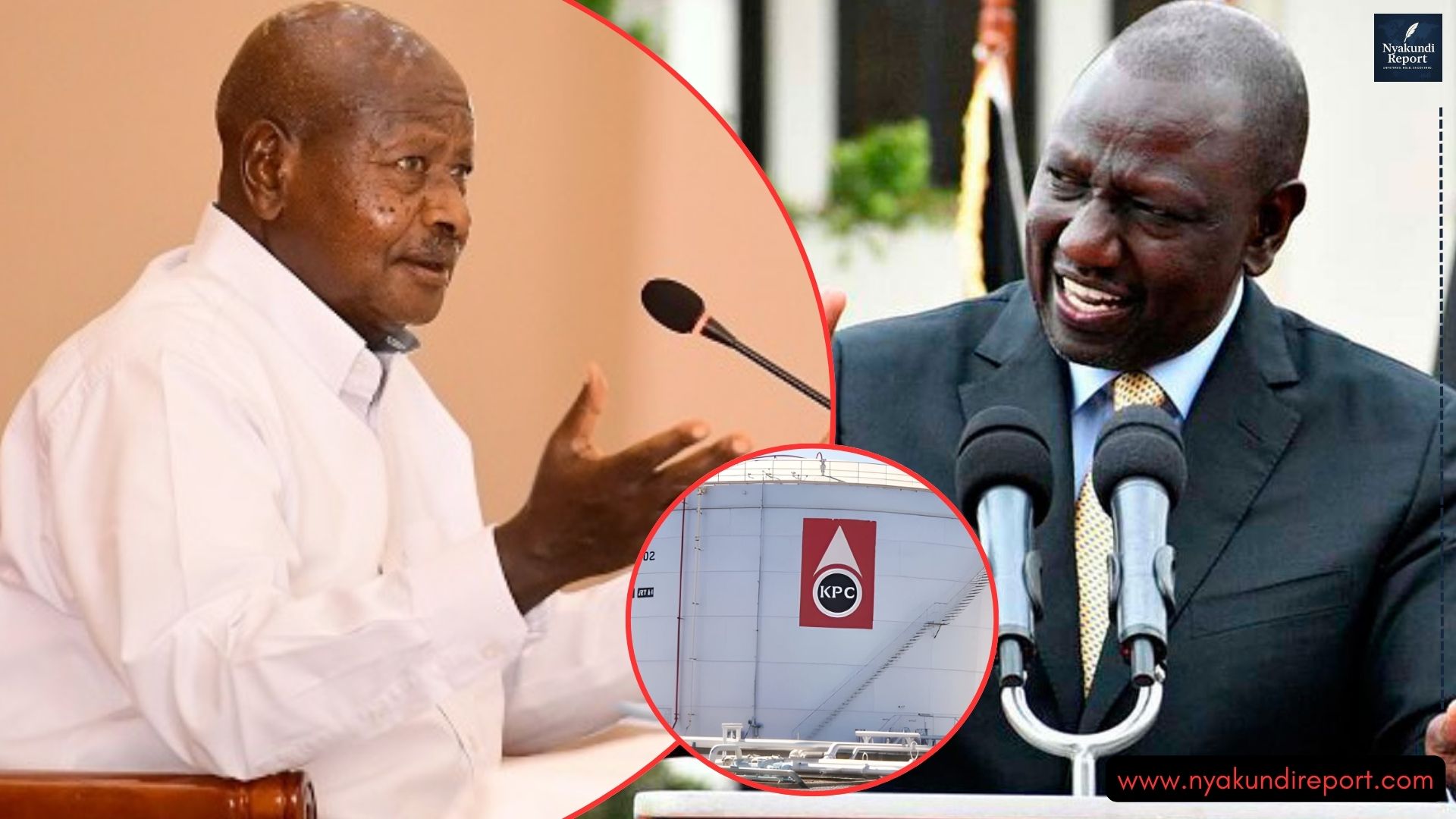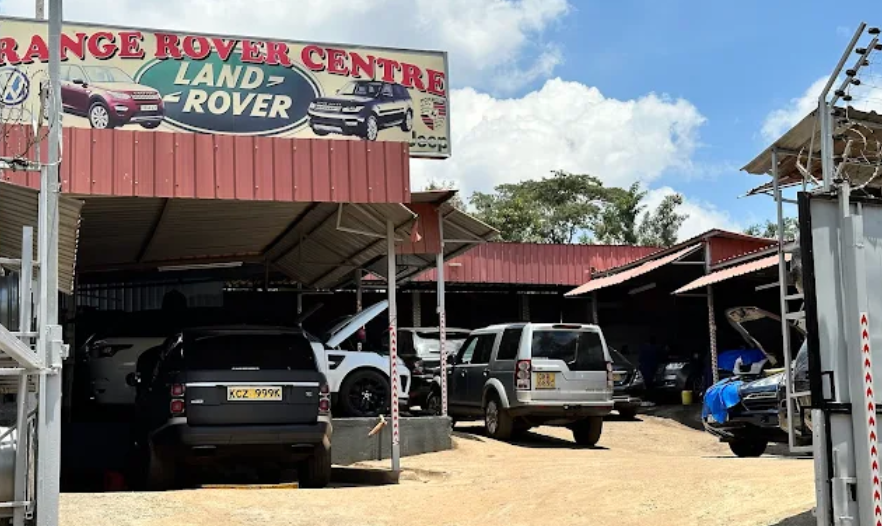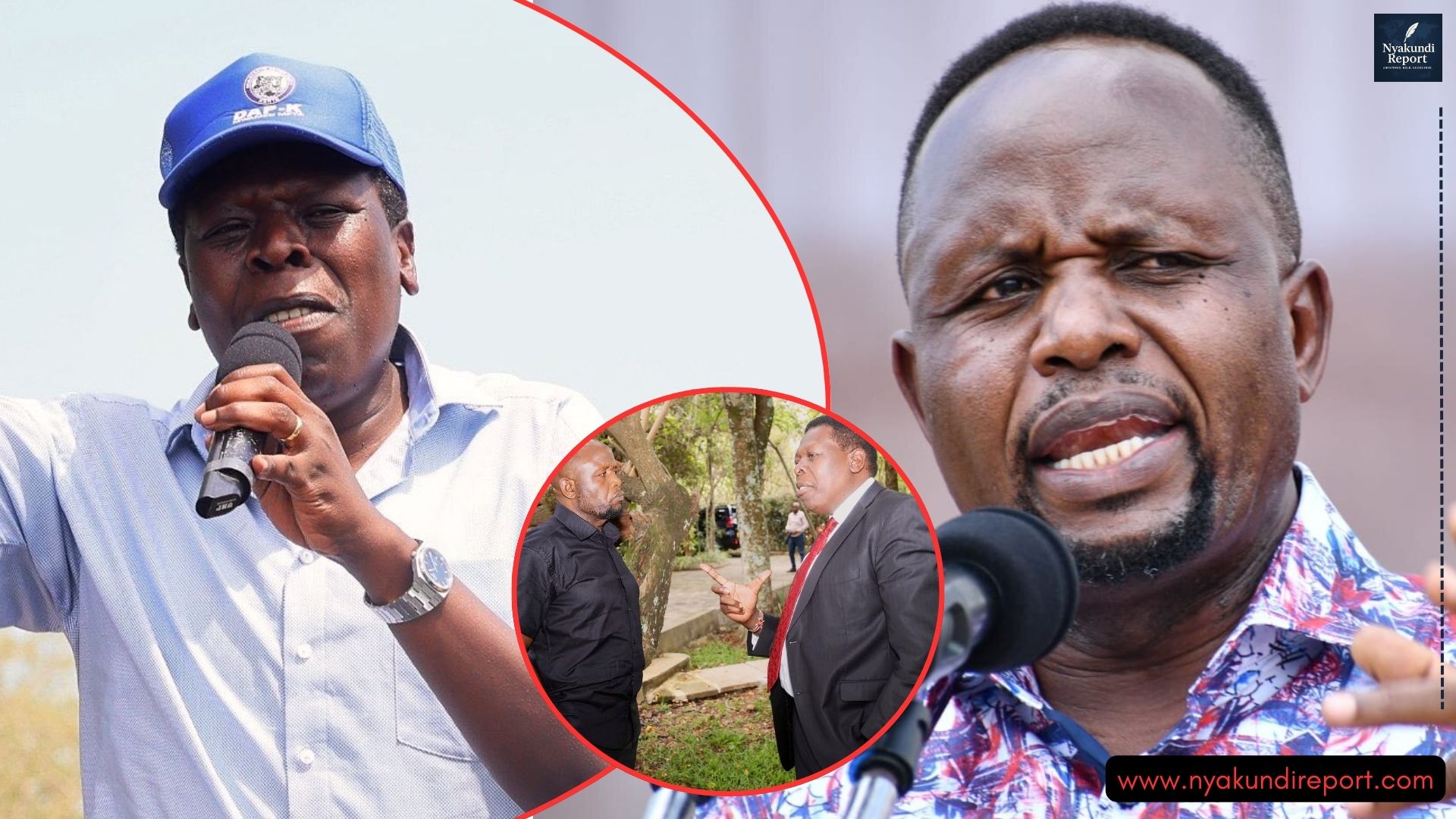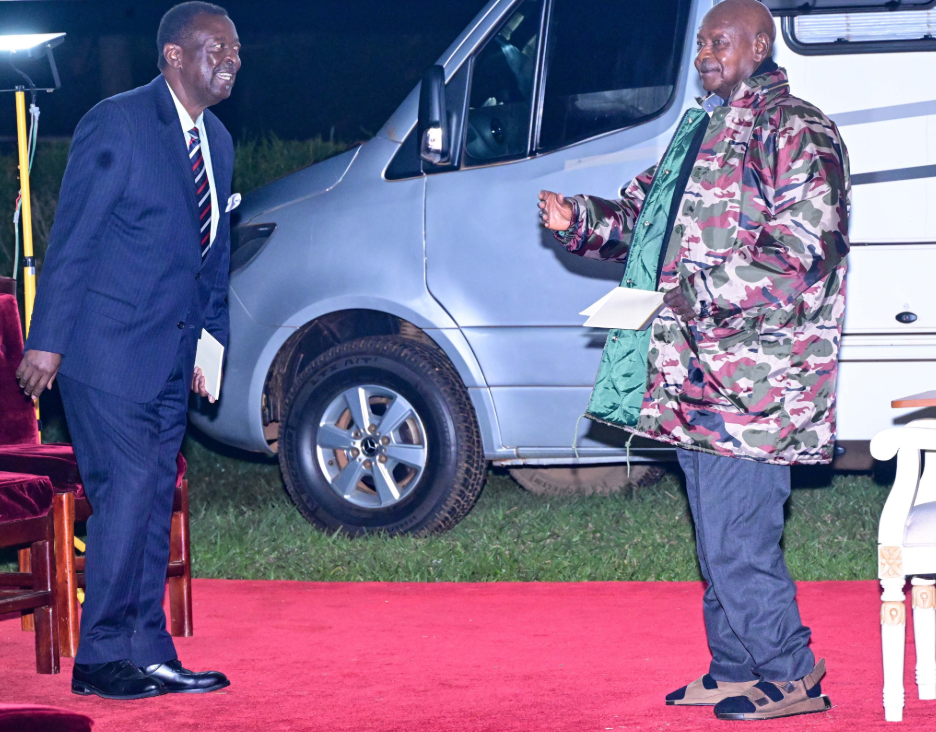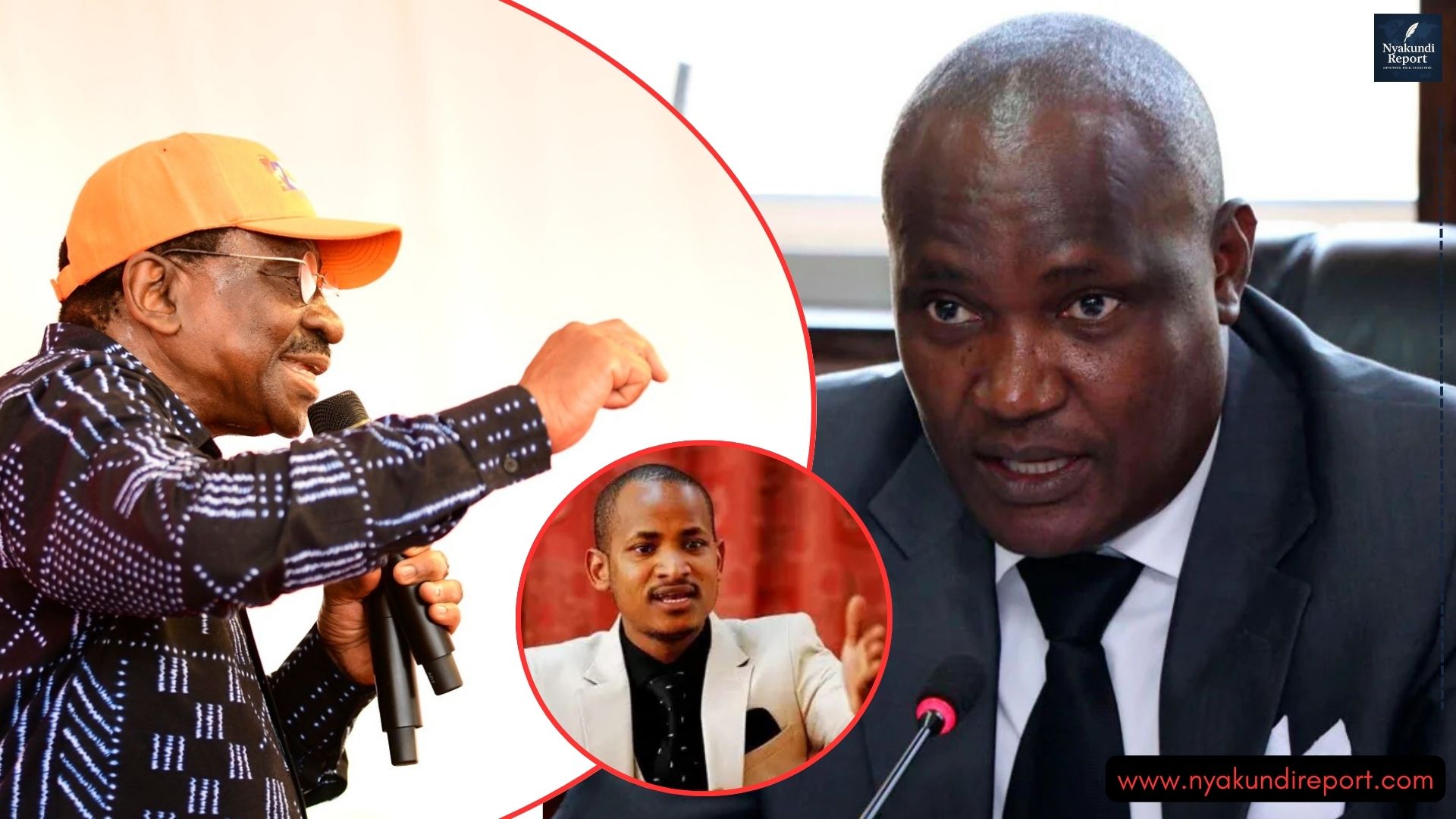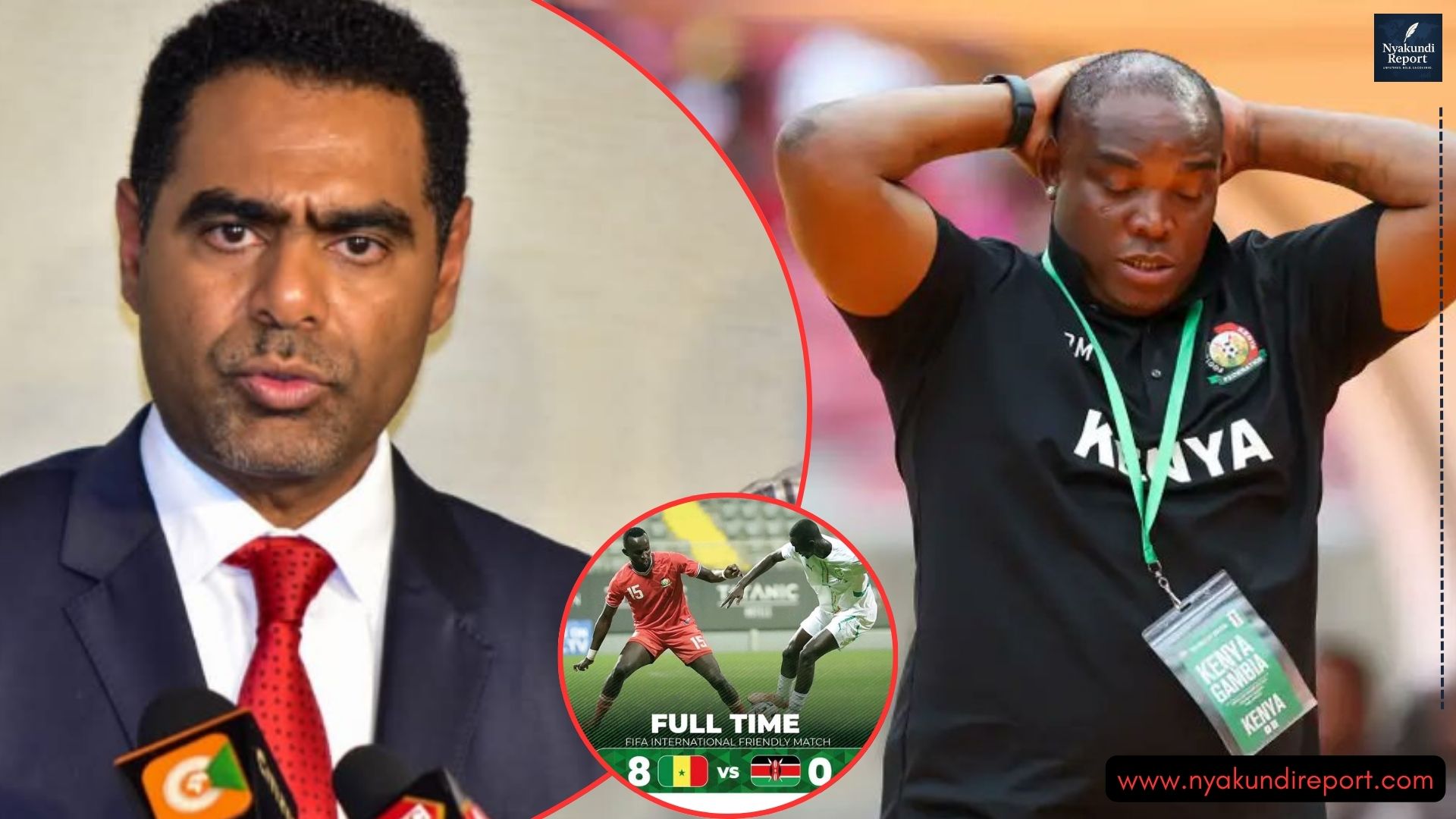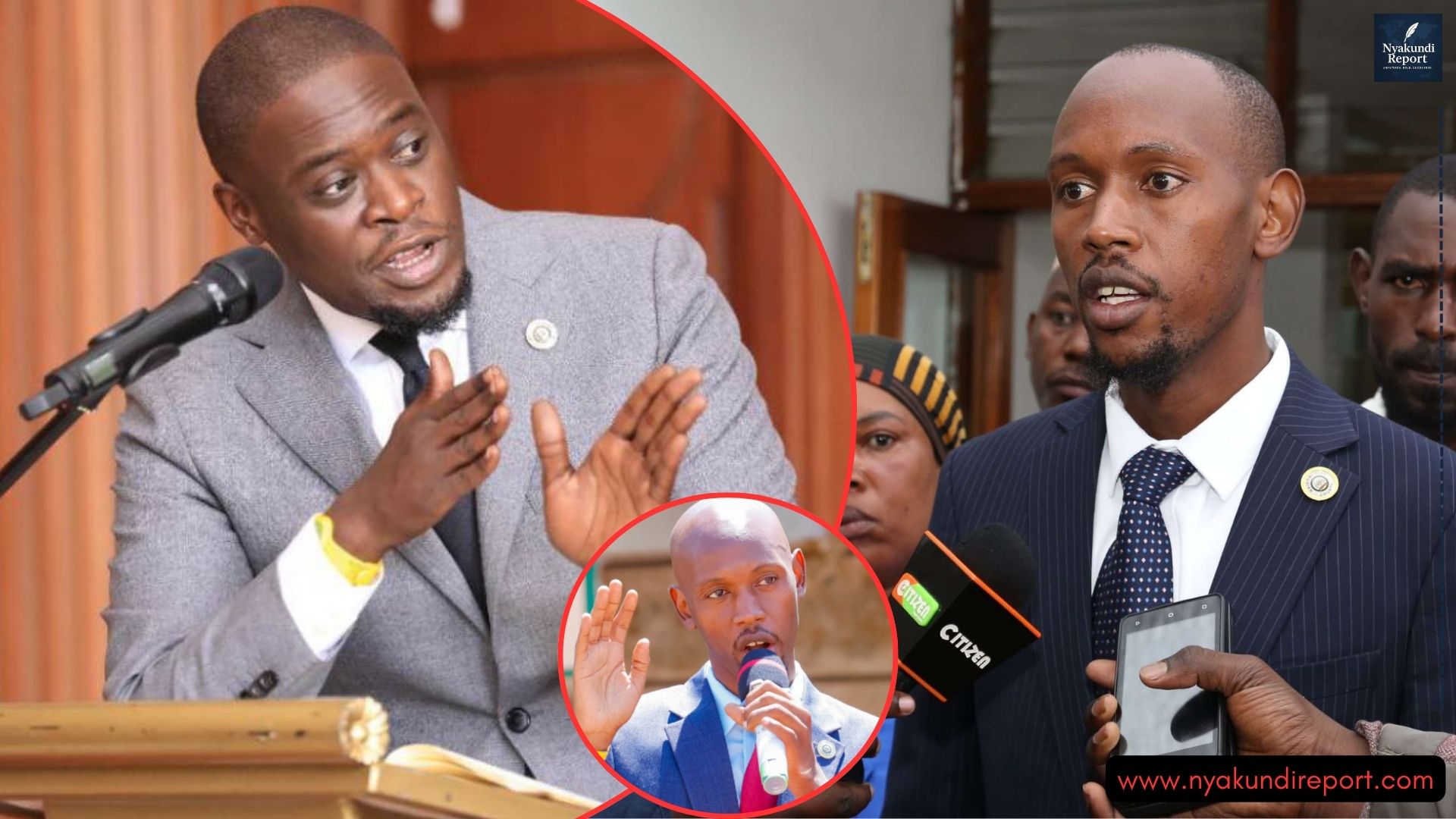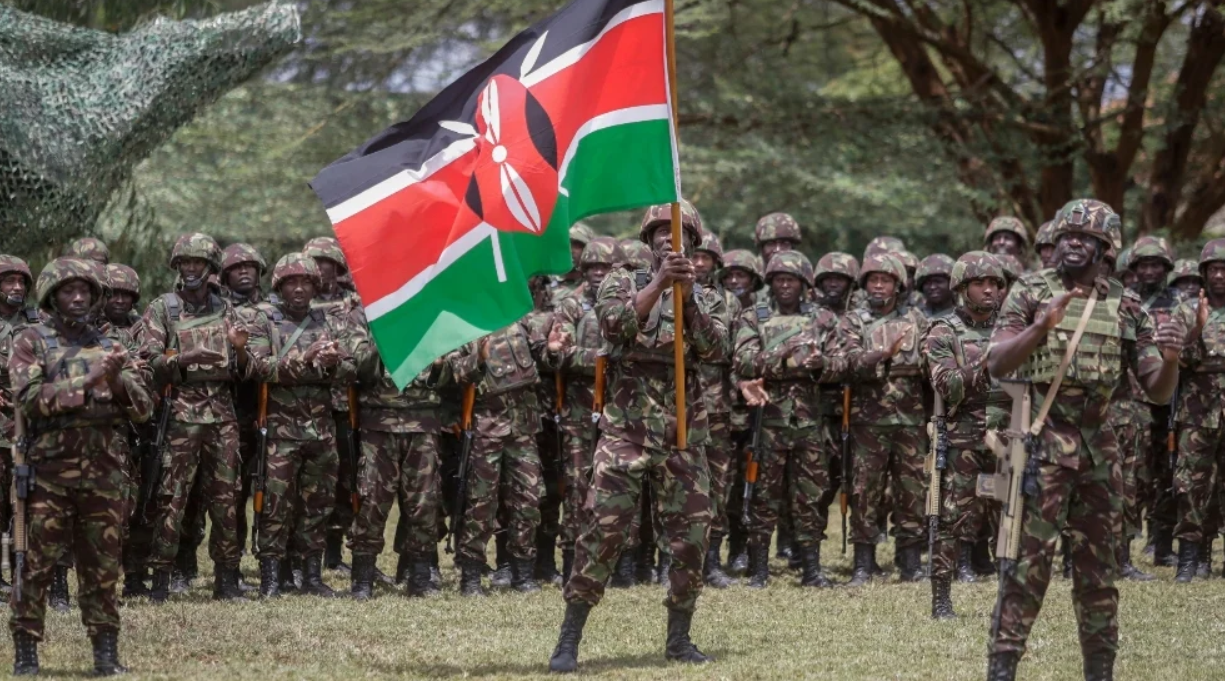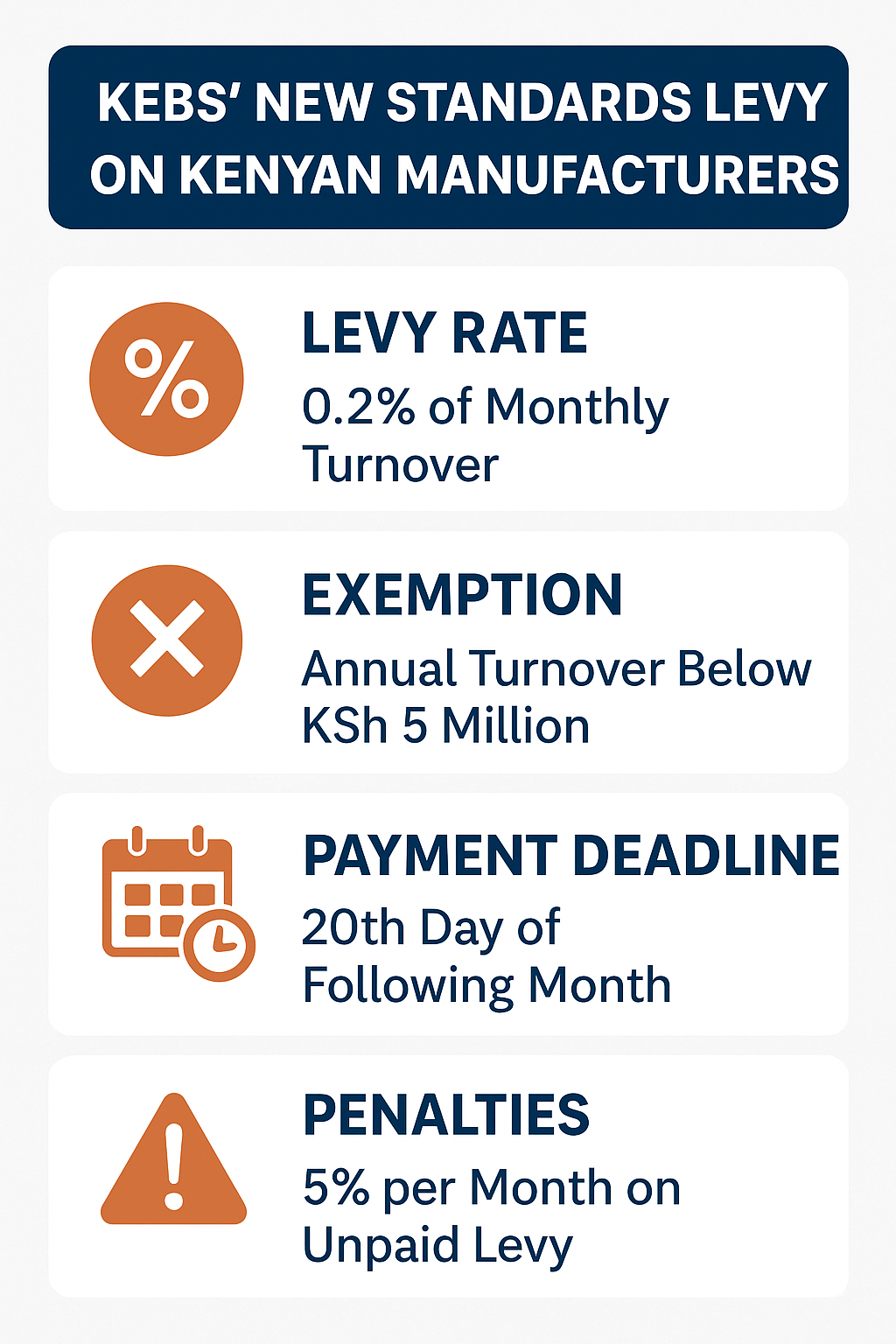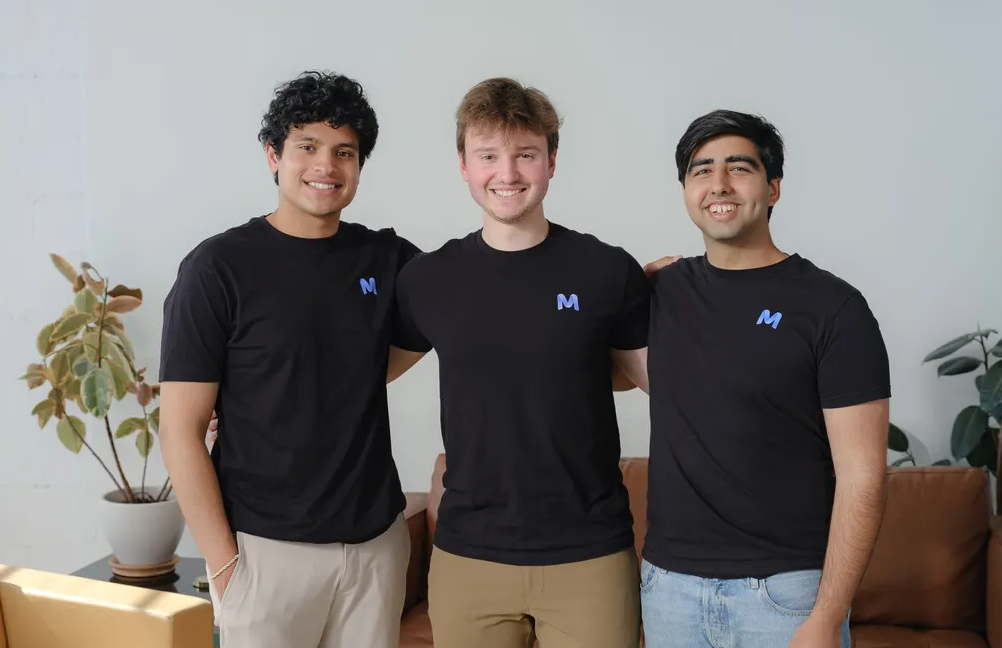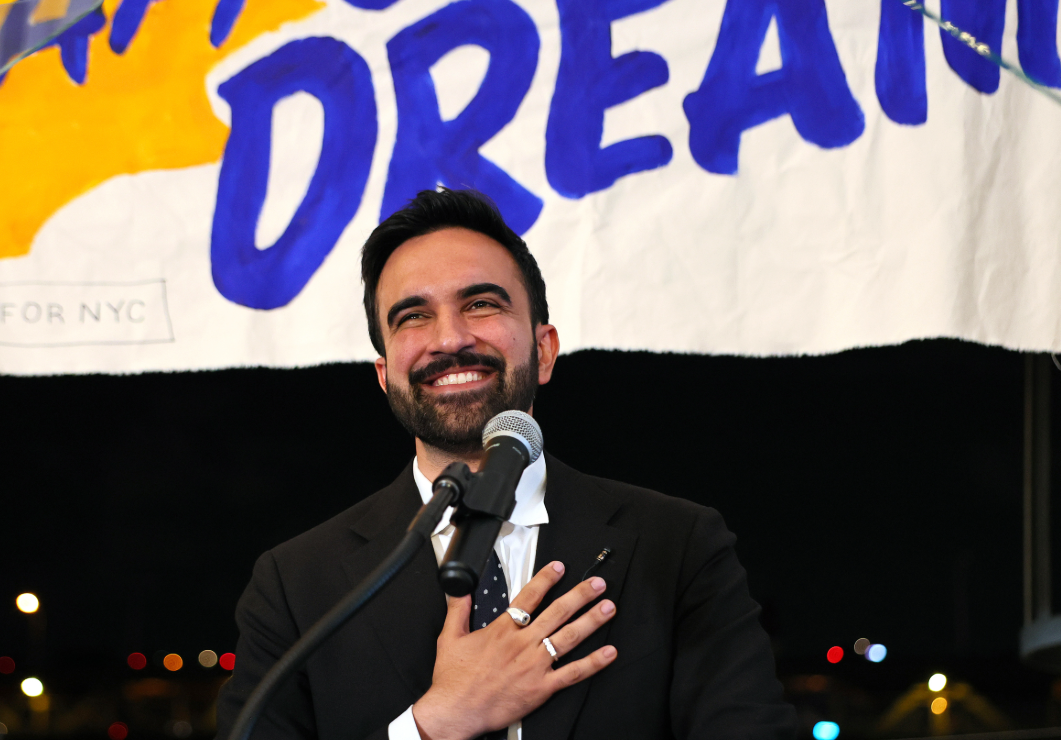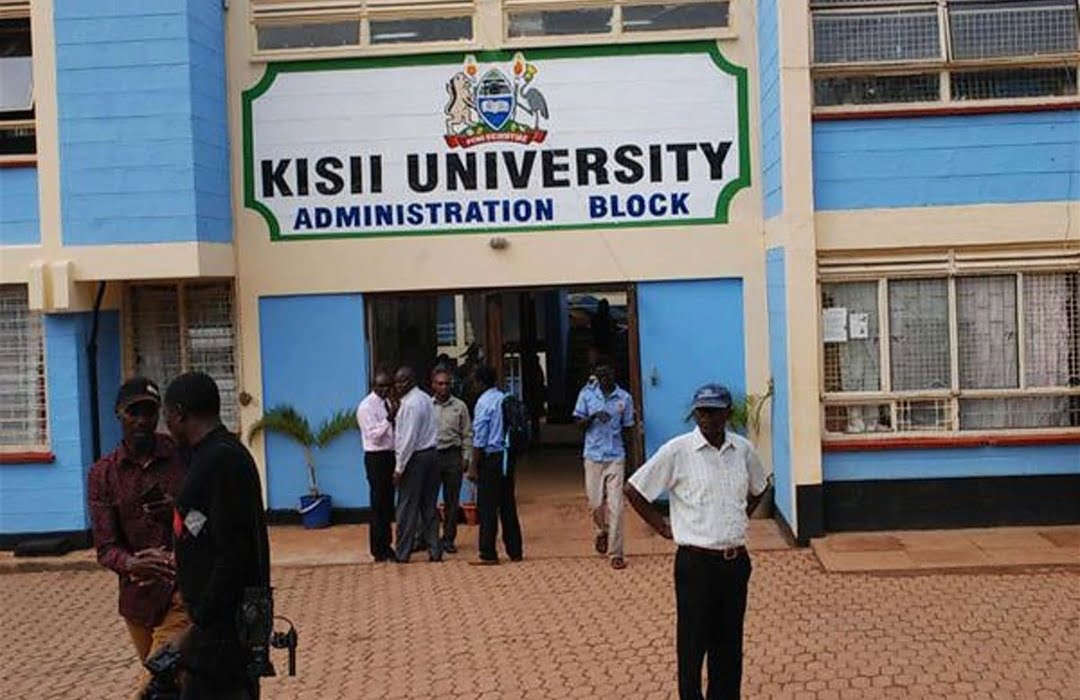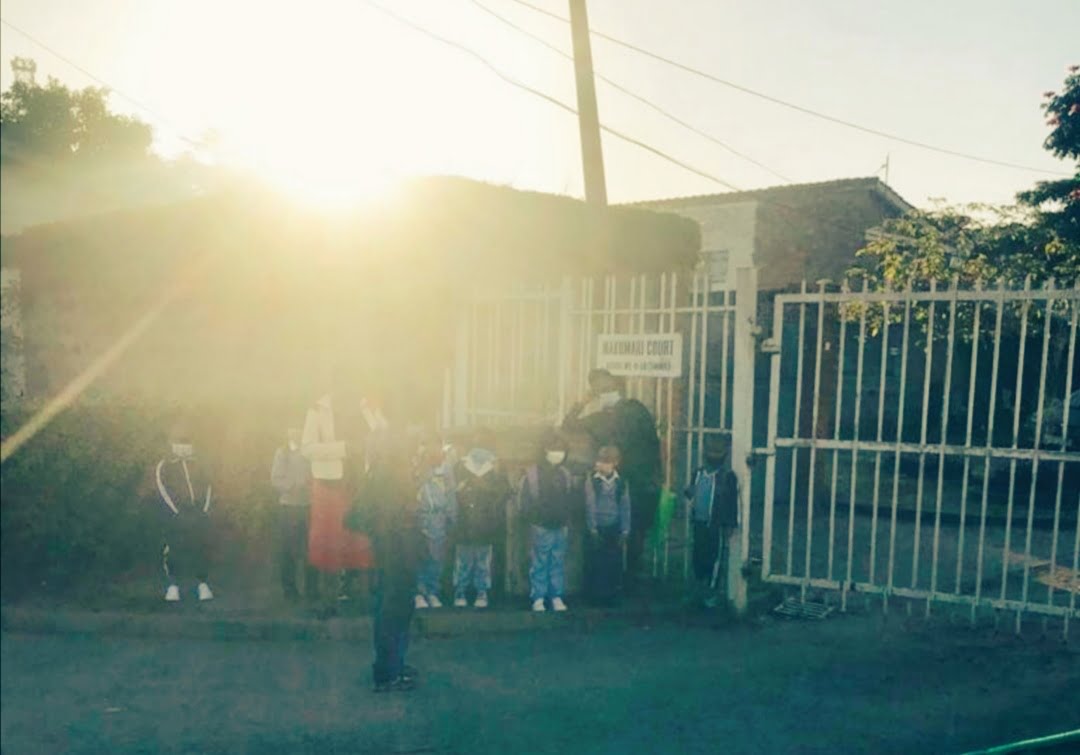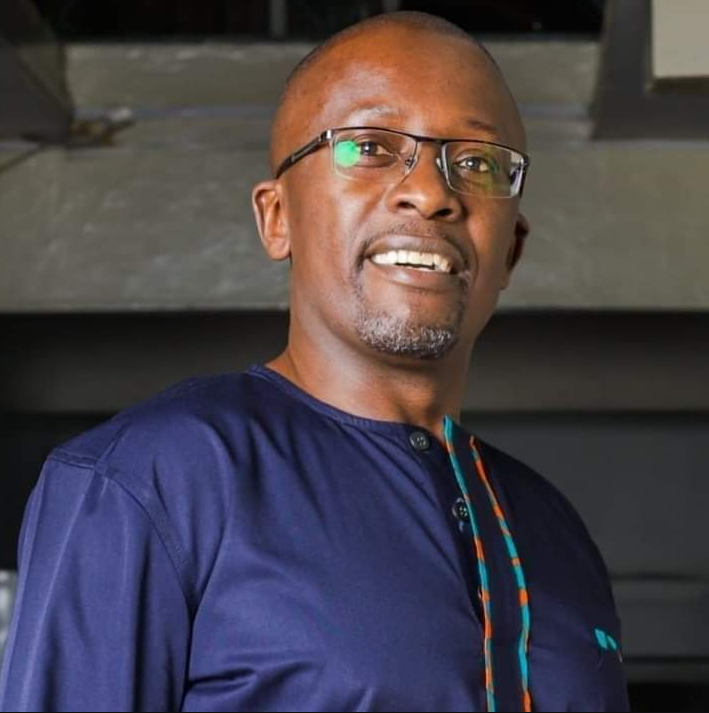In the remote village of Mwakirunge, a marginalized settlement on the outskirts of Mombasa County, education is a luxury that many cannot afford.
Here, dreams of completing secondary school are often dashed by poverty, early pregnancies, drug use, and the lure of boda boda income.
Mwakirunge is also known for hosting Mombasa’s biggest dumpsite, and a section of the residents scavenge in the dumpsite for a living.
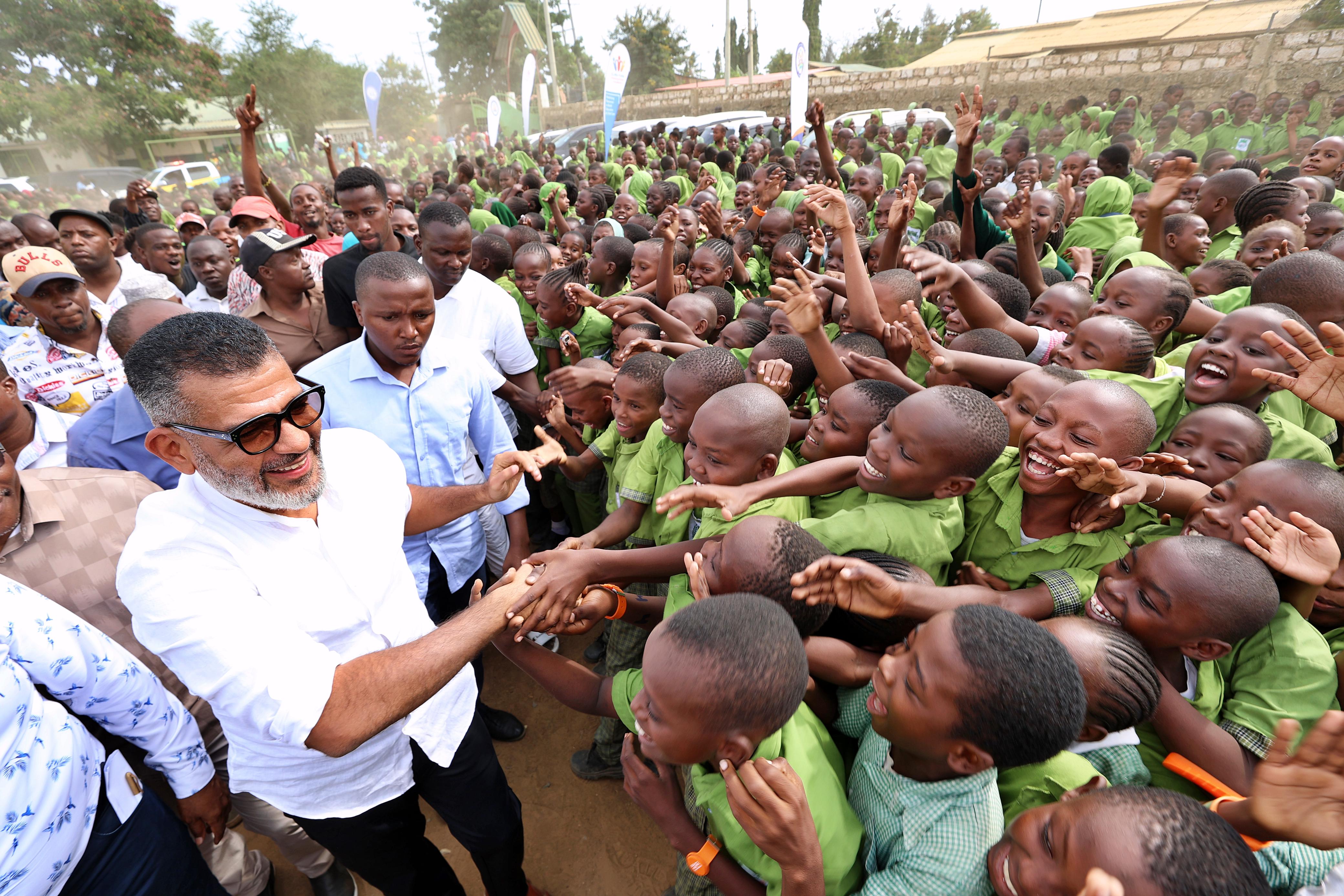
In the area, there are at least three public secondary schools; Marimani, Mwakirunge, and Kashani, which is on the border with Kiembeni area.
Mwakirunge, although part of Mombasa County, grapples with challenges more commonly found in rural Kenya; lack of infrastructure, high unemployment, and a struggling education system.
However, Mombasa’s No Child Left Behind Bursary initiative, is keeping thousands of students in school, restoring dignity, reshaping futures, and giving families hope.
For families like that of Chizi Kirunga, a mother of six, putting children through school is a constant struggle.
Her son, Juma Kirunga, is a Form Two student at Marimani Secondary School.
“We are required to pay Sh17,000 annually, and that is impossible for us,” said Chizi, who survives on irregular income from menial work.
“We are grateful for the Sh5,000 we received through the governor’s bursary. It has kept my son in school. If the county increased the amount to at least Sh10,000, it would cover a bigger portion of the school fees. As parents here, we are trying, but we need help,” she said.
At a small orphanage in Marimani, Zahara Chepkorir and her husband Ustadh Ali Hirabae have been raising more than 40 vulnerable children since 2015.
Some are orphans, others abandoned, and nearly all have been victims of extreme poverty.
Zahara, a mother of four, including three children in high school, describes the harsh reality in Mwakirunge.
“Most young boys here drop out to join the boda boda sector and support their families. Girls, once they become pregnant, are forced out of school. This county bursary programme has helped transform lives in the area,” she said.
She said most students are now attending school regularly.
Tsuma Malao, another resident and father of six, works on construction sites to provide for his family.
One of his sons, Hussein Shaha, is a Form Two student at Marimani Secondary.
“Even with all my efforts, I can’t keep up with the school fees. The bursary we got was a huge relief. It’s helped keep my son in school,” he said.
“When our youth are idle, they’re easily recruited into crime or drugs. Muguka and bhang are everywhere now. And some boda boda riders influence the girls badly. That’s why this programme is not just about education, it’s about saving our children,” he said.
Students like Mwanahalima Hamisi said they have been attending classes regularly due to the bursaries they received.
“There were days I stayed home because we didn’t have fees. Now, I’m in class regularly, and my future looks possible again,” she said.
At Mwakirunge Secondary School, Senior Principal Melkio Raruoch has watched the transformation firsthand.
“We currently have over 450 students, and last year, 280 of them received Sh5,000 each through the No Child Left Behind programme. That injected over Sh1 million directly into the school,” said Raruoch.
The bursary has helped ease pressure on parents while enabling the school to run essential programmes, especially the school lunch plan, which costs about Sh16,000 per student annually.
“Instead of collecting Sh500 from parents every few days, we now have enough to keep our cooks and support staff paid. That allows us to keep students in school throughout the term,” Raruoch said.
The results are already showing. Last year, Mwakirunge Secondary saw two students qualify for university, an achievement that hadn’t occurred in years.
“We even held our first prize-giving day, and top students were awarded laptops to prepare them for digital learning.”
Raruoch said they have submitted 378 bursary forms for 2025 and are optimistic that over Sh 1.7 million will be allocated to the school.
However, he believes more can be done.
“If the bursary per student was increased to Sh9,000, distributed across the three terms, most students would clear their balances. That would give us more time to focus on teaching rather than chasing after fee,” he said.
He also called for the revival of the Holiday Mentorship Programme, which he said used to shield students from negative influences during school breaks.
“When students are idle at home, they are exposed to drugs, crime, and early sex. A mentorship programme would fill that gap and build their confidence,” he said.
At Kashani Secondary School in Kisauni Sub- County, Principal Benjamin Ndilo Fwaro is equally enthusiastic.
With 534 students, 360 boys and 174 girls, the school serves a semi-urban population that relies heavily on farming, fishing and small businesses.
“Some parents wake up as early as 5am to go to Kongowea market and buy vegetables to resell in their neighborhoods,” he explained.
Last year, 300 students from Kashani received bursaries, translating to over Sh1.5 million in support.
“Ask any principal, receiving that kind of money at once is a dream. It allowed us to support students, pay cooks, askaris, and suppliers without debt,” he said.
This year, they have submitted 534 applications, hoping the county will increase coverage to all students.
Mombasa Governor Abdulswamad Nassir said he has made education a top priority in his administration.
The county has government allocated Sh200 million to the No Child Left Behind programme, targeting over 40,000 students annually.
Speaking during a recent bursary distribution event, the governor said poverty will not hinder Mombasa students from transforming their lives through education.
“In leadership, you may be remembered for many things, but the most important legacy is how many lives you changed,” he said.
He encouraged students to remain focused and take their education seriously.
“What will change your life isn’t luck, it’s the education you are receiving today,” he said.

